Philadelphia PA
Independence National Historical Park
Independence Hall
Liberty Bell Center
This is probably the Inkstand used in the signing of both the Declaration of Independence and the Constitution.
To me, it looks like our founding fathers realized, up front, that this Constitution was imperfect, but knew that compromise was the only way to get anything done. Perfection is not an achievable goal. We now have 27 Amendments to this basic Constitution.
Three of our founding fathers refused to sign the Constitution: George Mason, Edmund Randolph, and Elbridge Gerry.
Here's a cute presentation about these guys.
https://prezi.com/rfpeum8rrd9w/which-three-men-did-not-sign-the-constitution/
Restoration and Maintenance is underway.
The clocks on Independence Hall are not original, they have been reconstructed.. This one, on the west side, is a bit unusual because it not only has the hours marked with Roman Numerals, but also has the minutes marked with Arabic numbers.
The tower has a clock on each of its four sides.
The State House Yard is where we're standing.
Mission Statement
The American Philosophical Society, the oldest learned society in the United States, was founded in 1743 by Benjamin Franklin for the purpose of “promoting useful knowledge.” In the 21st century the Society sustains this mission in three principal ways. It honors and engages distinguished scientists, humanists, social scientists, and leaders in civic and cultural affairs through elected membership and opportunities for interdisciplinary, intellectual fellowship, particularly in the semi-annual Meetings in Philadelphia. It supports research and discovery through grants and fellowships, lectures, publications, prizes, exhibitions, and public education. It serves scholars through a research library of manuscripts and other collections internationally recognized for their enduring historic value. The American Philosophical Society’s current activities reflect the founder’s spirit of inquiry, provide a forum for the free exchange of ideas, and convey the conviction of its members that intellectual inquiry and critical thought are inherently in the public interest. Revised May 2008
https://amphilsoc.org
This is where it all began.
A model of Independence Hall as it looked in the 1700's.
The Supreme Court of Pennsylvania sat in this room during the 1700s.
This cage was for the defendant.
Note the head and crown above the Assembly Room door. Here's a NPS photo.
While this mask may resemble a Native American figure, it actually is simply part of the design vocabulary of the 18th century. Common motifs such as this mask appeared widely in pattern book publications distributed throughout the colonies.
The Assembly Room.... This is where the Declaration of Independence and the Constitution were signed.
Chandelier
Thomas Jefferson's Chair... It has been queried.. "Is the sun rising or setting."
Cool Pineapple shade cord.
The pineapple is recognized as a traditional expression of “welcome” throughout the South and in areas along the Eastern Seaboard. Appearing on all sorts of décor – from door knockers to quilts – the fruit symbolizes those intangible assets we appreciate in a home: warmth, welcome, friendship and hospitality.
www.learn2grow.com
George Washington
Congress Hall.. Congress met here from 1790-1800, while Philadelphia was the US Capitol.
The stairway to the Senate Chambers
The Senate
Senate Committee Rooms
Now, on to the line to see the Liberty Bell. The line to see the bell is usually very very long, it winds around the entry and out and around the corner and up the block. We lucked out and it was only out to the sidewalk.
This elevator sized enclosure was outside the museum. We were on the wrong side of the ropes to go inside.
"Go back to the Past to Build the Future" A memorial to the enslaved men, women and children who worked and struggled for freedom for far too long.
A taste of the exhibits inside
The Bell. Here are some Quick facts from:
http://www.softschools.com/facts/us_national_landmarks/liberty_bell_facts/493/
Liberty Bell Facts
|
| Interesting Liberty Bell Facts: |
|---|
| The bell is a symbol of America's independence. |
| The original cast was made in London, England, in 1752, by the company Lester and pack. Today the company is known as Whitechapel Bell Foundry. |
| The original cast contained the following words from Leviticus 25:10 "Proclaim LIBERTY throughout all the land unto all the inhabitants thereof." |
| The first bell cracked when it first rang. |
| It was recast by John Pass and John Stow twice. Their last names are both on the bell. |
| The original use of the bell was to summon the lawmakers to their legislative sessions. It was also used to alert the people to public proclamations and meetings. |
| Although there is no documented proof, it is believed that the Liberty Bell was rung on July 8, 1776, to mark the reading of the Declaration of Independence. |
| It was dubbed the Liberty Bell in the 1830s by anti-slavery supporters and publications. |
| The City of Philadelphia owns the Liberty Bell. |
| The Liberty Bell was well traveled. Starting in 1885, the City of Philadelphia began allowing the bell to be on display at a variety of patriotic events and expositions. |
| On these trips it cracked even more and some souvenir hunters even took chips of the bell home with them. In 1915 the Liberty Bell was no longer available for such events. |
| After the end of World War II, the National Park Service was given custody of the Liberty Bell. However the City of Philadelphia still owns the bell. |
| In the 1960s the Liberty Bell was a popular site for protestors to gather. It was also popular in the Cold War as a symbol of freedom. |
| In 1976, the Liberty Bell was moved to Independence Mall into a glass pavilion. |
| In 2003 it was moved to the Liberty Bell Center next to the pavilion. |
| The image of Liberty Bell has been used on stamps and coins, and it has also been popular with many corporations. |
| The strike note the Liberty Bell makes is E flat. |
| Beginning in 1960, companies have analyzed drillings that were taken from the bell by the Franklin Institute. |
| The Liberty Bell is 25% tin, 70 % copper, and it also has small amounts of gold, silver, arsenic, zinc and lead. |
| The main crack is 24.5 inches long and .5 of an inch wide. There are also many small hairline cracks as well. |
| The Liberty Bell weighs approximately 2080 pounds. |
| The Liberty Bell is 12 feet in circumference (of the lip) and 3 feet tall. |
| The Liberty Bell still hangs from its original yoke. The yoke was made from slippery elm, which is also known as American elm. |






















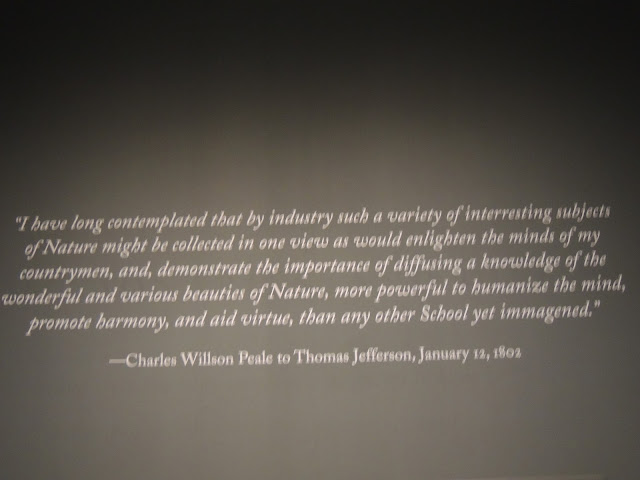















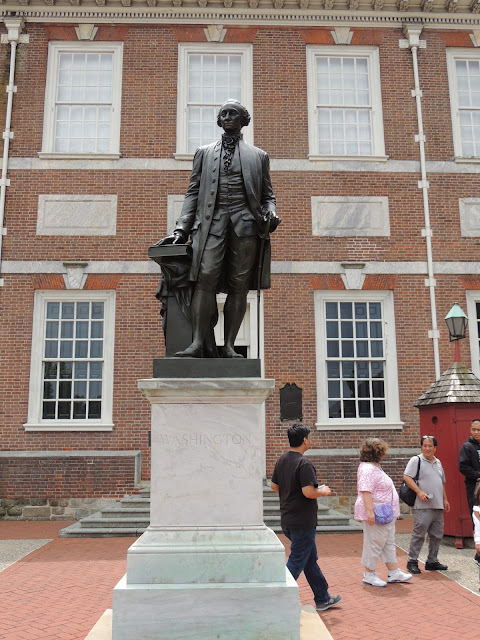


















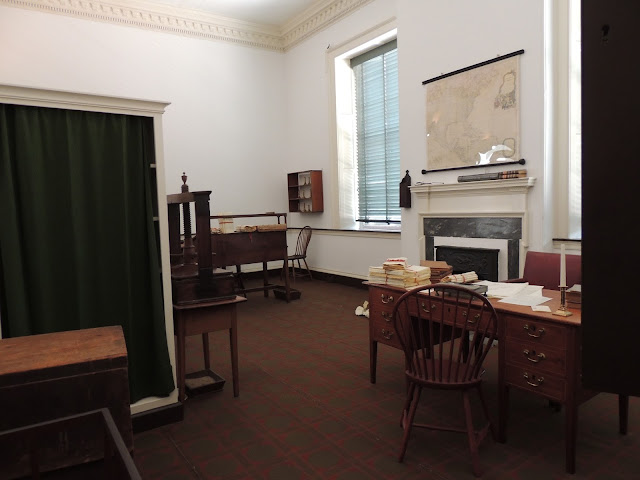



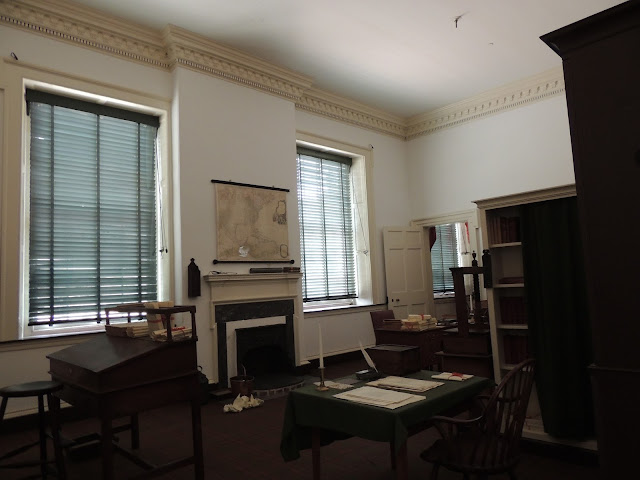




























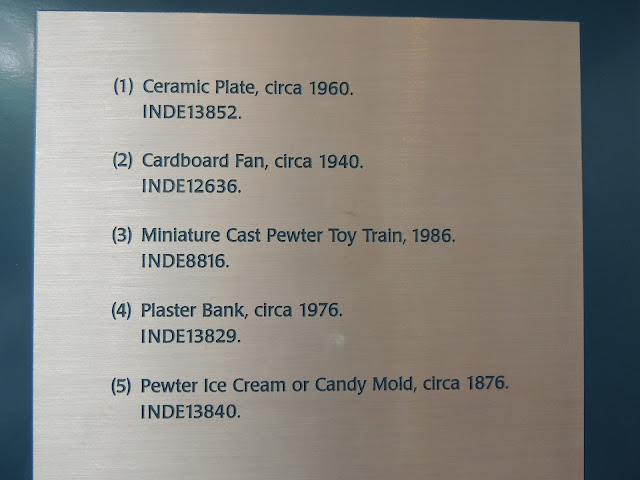






No comments:
Post a Comment